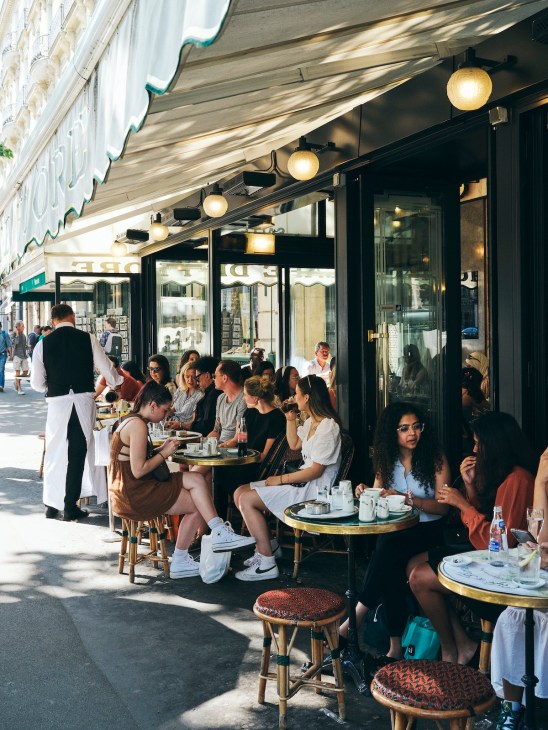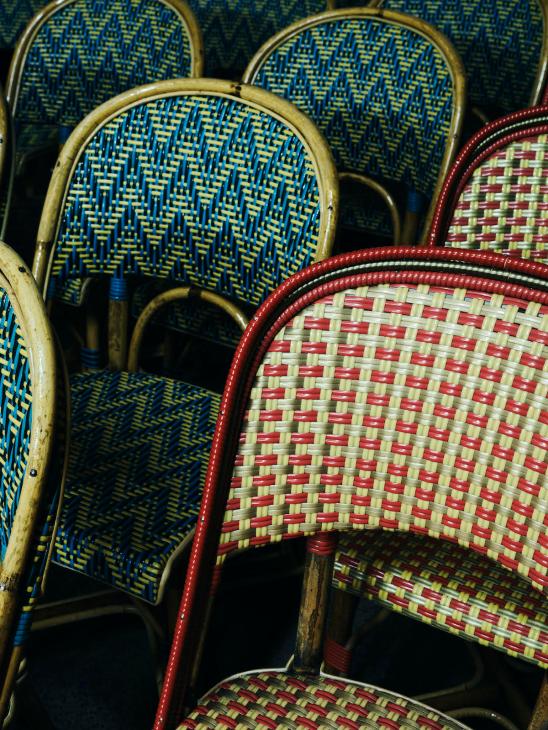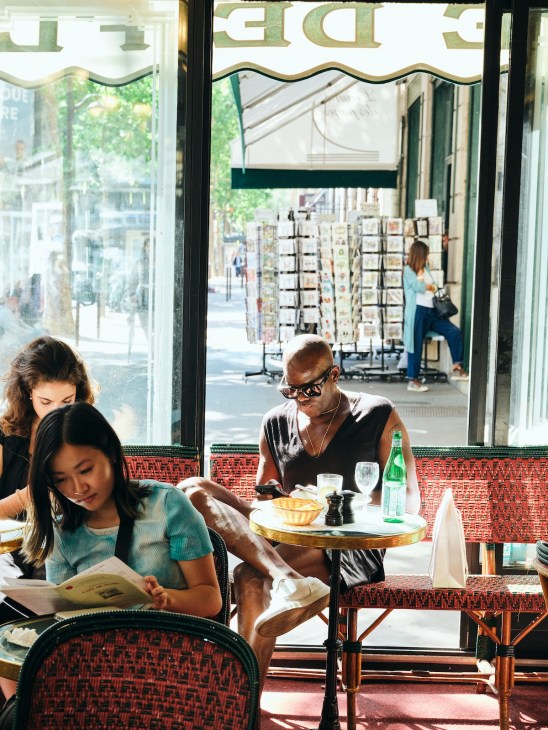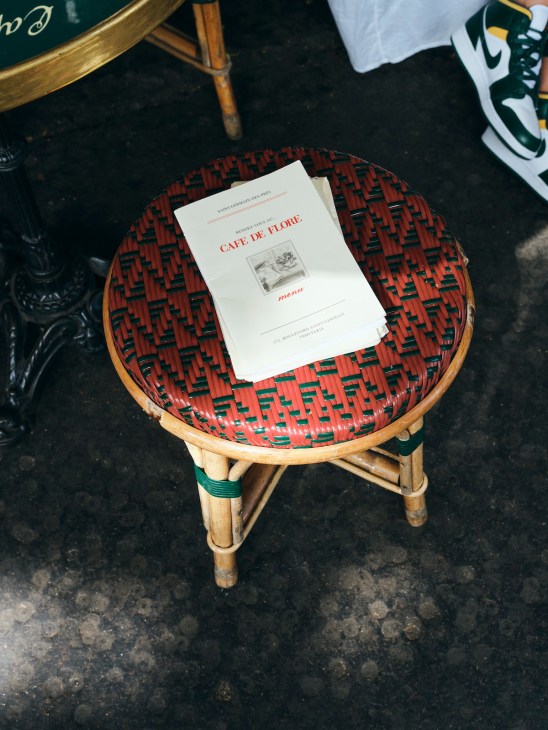Pulling up a bistro seat in Paris means you’ll be sitting on a piece of Maison Drucker history
Maison Drucker’s rattan chairs don’t just furnish Paris – they define it. These icons of the terrasse have outlived trends since 1985.
As the oldest company of Parisian bistro furniture, Maison Drucker produces designs that are not only ubiquitous in the French capital, they are inextricable from its vernacular. Since its foundation in 1885, the company has helped define the city’s terrasse lifestyle with its chairs made from curved rattan frames and colourful woven seats. It has even been recognised with a Living Heritage Company label for its contribution to French culture.


Founded by Louis Drucker, a businessman of Polish descent, Maison Drucker thrived with the discovery of rattan, a malleable climbing palm that was imported from French and Dutch Asian colonies in the mid-19th century. The proliferation of cafés in Paris created a demand for sturdy outdoor furniture and Maison Drucker’s custom-made designs quickly became part of the identity of many establishments. The Fouquet’s chair, for example, is the oldest design and takes its name from the historic high-end brasserie on the Champs Elysées, while Café de Flore still depends on red-and-green Drucker Chairs to furnish its famous terrace.
Despite its deep roots in Paris, the company was failing when Bruno Dubois took over from the Drucker family in 2006. “Parisian cafés weren’t interested in rattan any more and wanted steel,” he says. “It was dying; we had to rebuild everything. But it’s an iconic Parisian object, so I knew that something could be done.” Dubois set up a base in Indonesia, where today 400 artisans work on large orders; custom pieces and the repair service are entrusted to a team of 30 craftspeople in Gilocourt, an hour and a half north of Paris by car. The structure of the chair is made using the age-old technique of heating the rattan and bending it into shape. The pattern on the seat and backrest is woven with strings of Rilsan, a bioplastic made from castor oil.


With dozens of models, motifs and colours, the possibilities are almost endless and Drucker has maintained its traditional Parisian identity while innovating with new designs. Over the past 10 years, Dubois has supervised collaborations with designers Mikiya Kobayashi, India Mahdavi and Christian Biecher, who have all brought their vision to the brand. The company’s almost 140-year-old archives are also a rich source of inspiration. “I found some old chairs at a flea market,” says Dubois. “And with that, we recreated an entire collection of 1920s armchairs.
The traditional bistro chairs are a mainstay of terraces across France but they have recently seen a surge in popularity abroad too. Today Drucker exports to businesses and interior designers in 52 countries who want a little piece of Paris for themselves. “Rattan came back into fashion about 10 years ago and we contributed to that,” says Dubois. “All trends fade away eventually but we can renew this one constantly and keep it alive for a very long time.”


